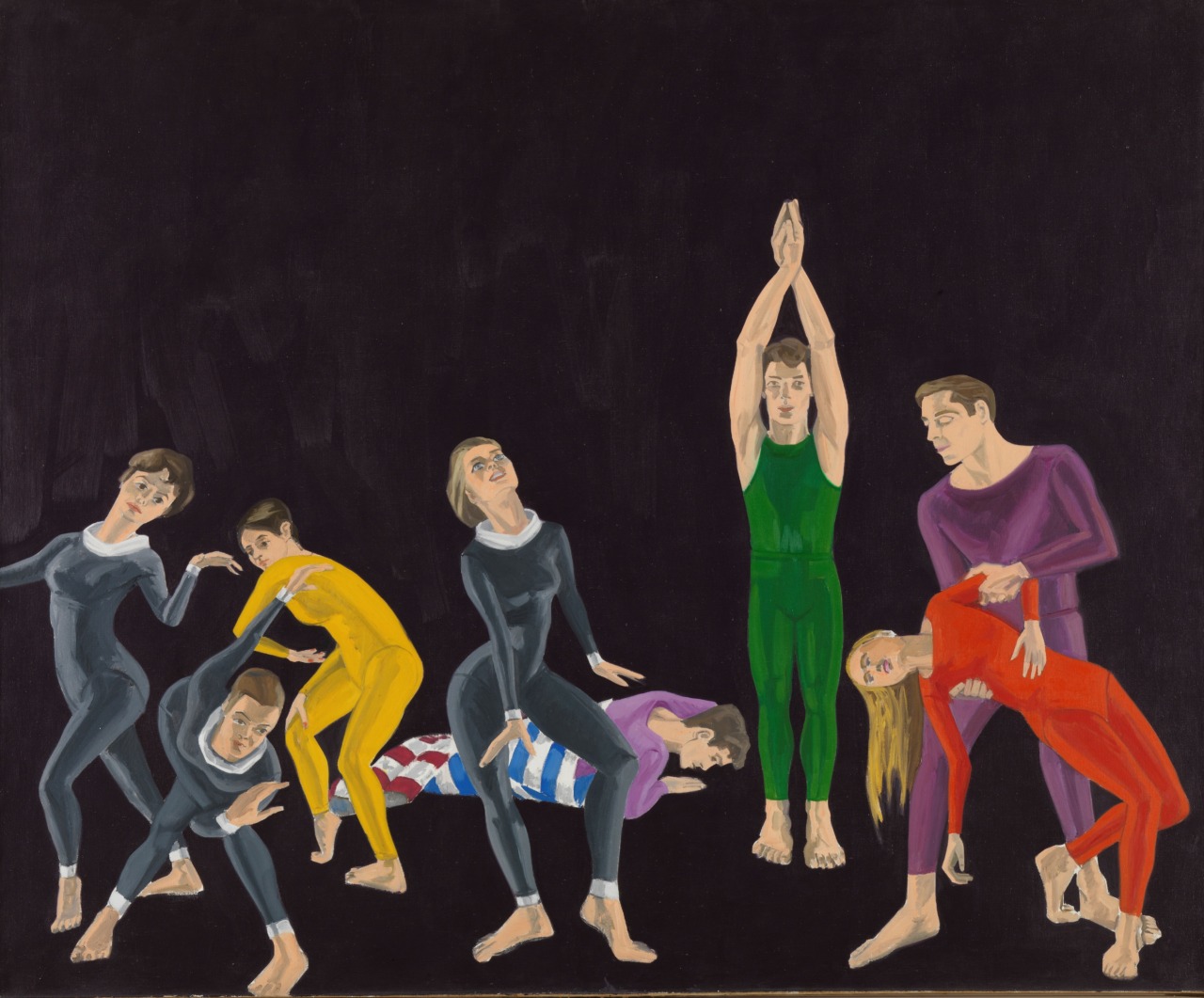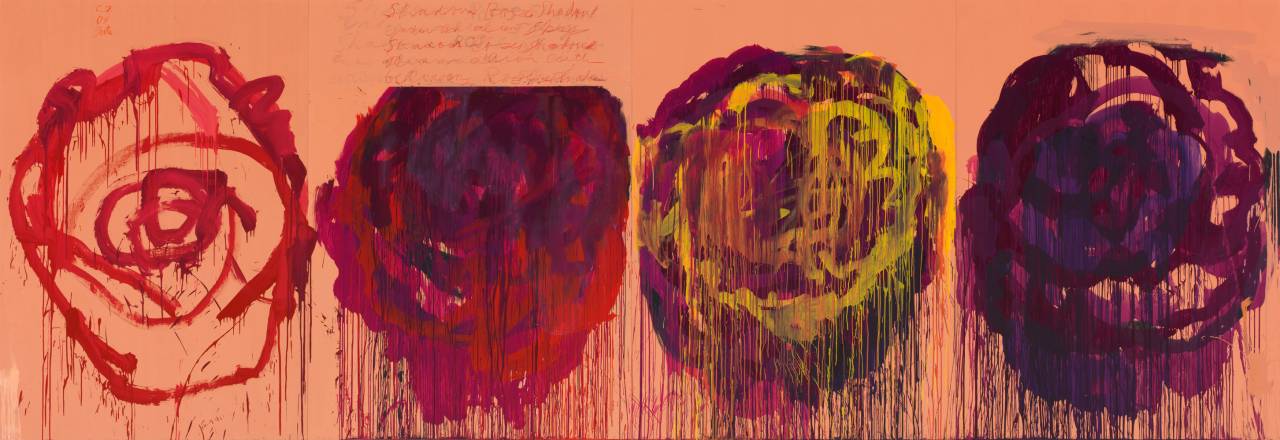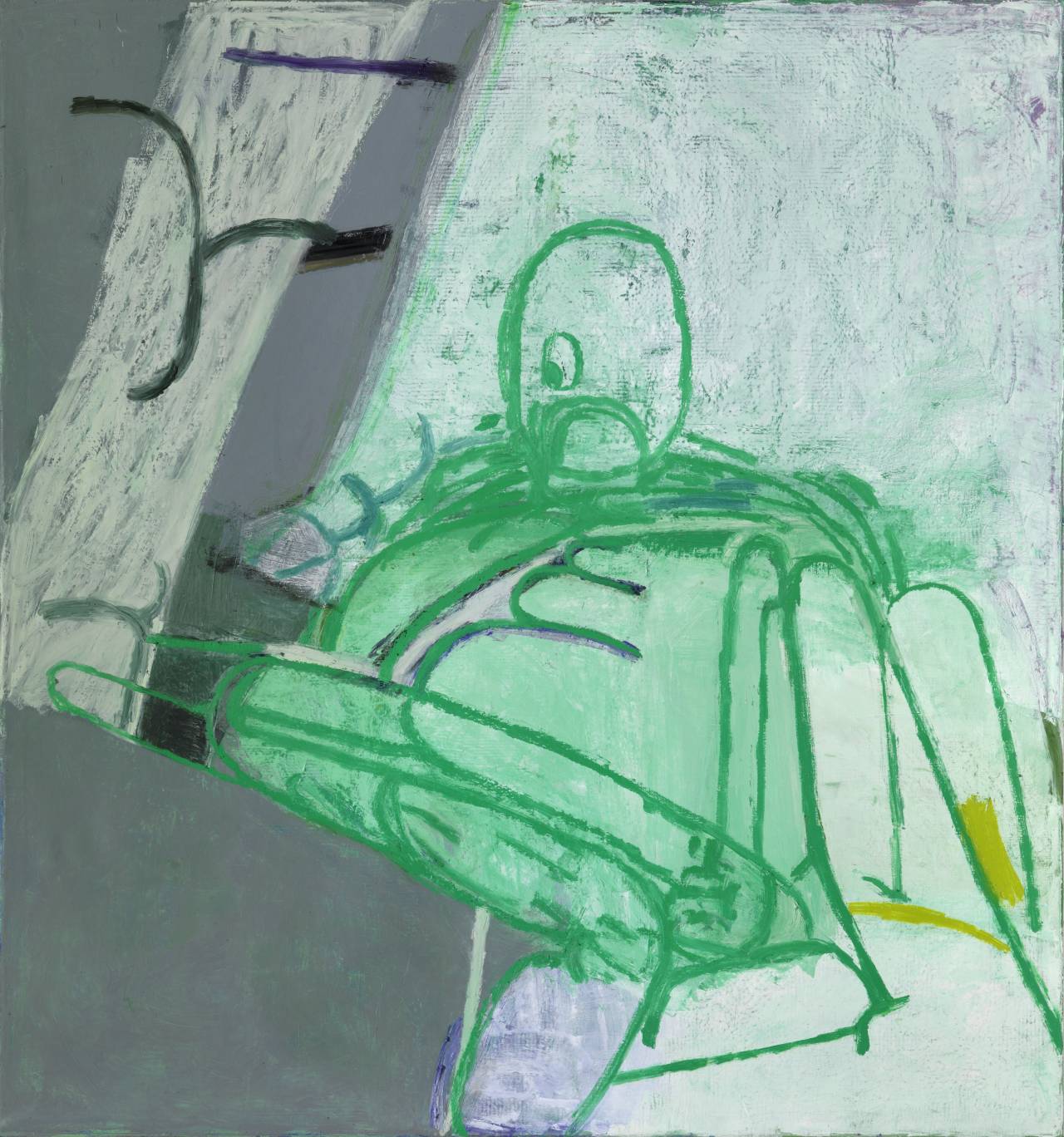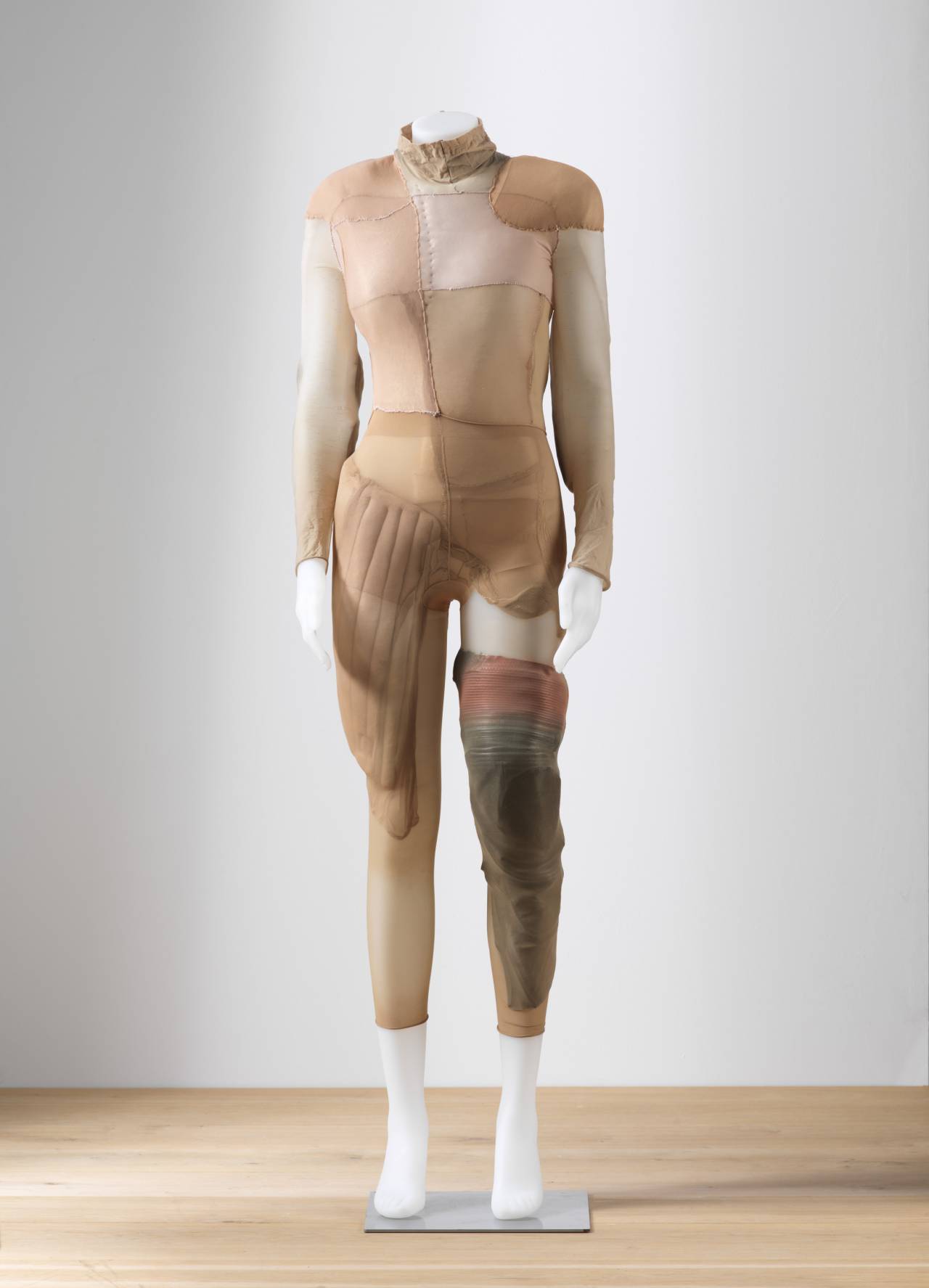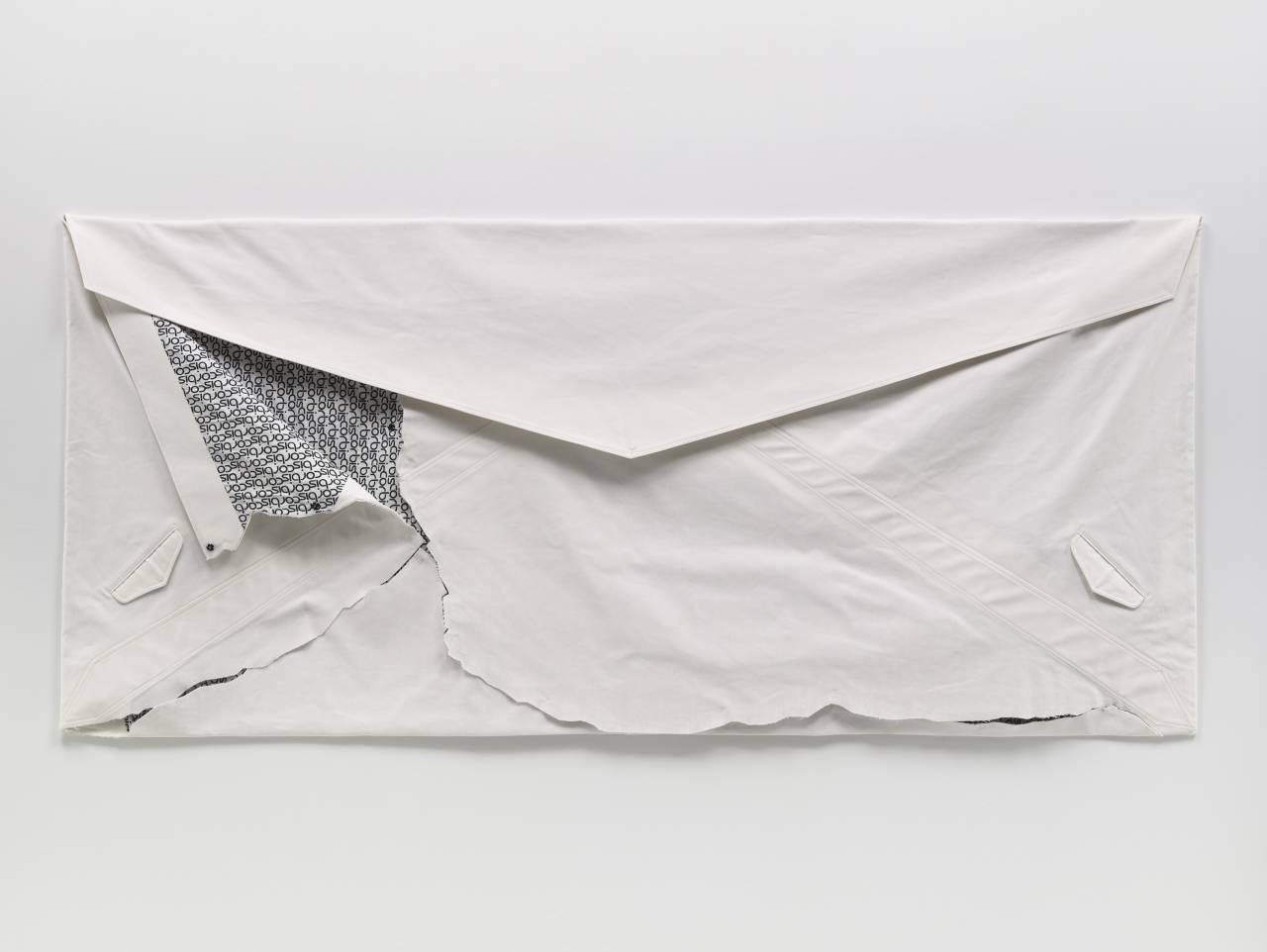Body Images
Idealized or alienated, vulnerable or aggressive. The human body has accompanied the visual arts in all its facets since the very beginning. Which images of the body occupy contemporary artists? Which ones do they show? Which ones do we see only rarely? And is the viewer’s body also included?

When do you perceive your own body and when that of another person?
The traces of the outside world transfer to our bodies—the time, the places, the words, the instruments we use in everyday life, the glances we are given, the images of bodies we see. All of these experiences contribute to how we feel about our bodies, but also how it feels to be surrounded by other bodies, and in part they directly shape our bodies. Bodies have power and precisely because they are so “powerful,” they are also extremely sensitive.
Do representations of the body always correspond to reality?
We see some images of bodies in the media much more often than others. They are often accompanied by judgmental words that refer to a standard invented by other people. Do so-called ideals include or exclude more? How important are beauty ideals to you and your friends? Are the images of the body we see in advertising and social media also distorted by beauty ideals and image editing programs? Do you also see positive sides to the possibilities of distortion and change, or are they mainly used for manipulation?
What can your posture convey?
Have you noticed that you have a certain posture? And that it changes depending on how you feel? It is also influenced by what you and those around you think about your body. What adjectives or comparisons do we use to describe the diversity of bodies? Do you notice a difference in perception between a posture and a body image?
Where do our bodies’ powers stop?
The body is perceived less and less as a biological given that we must simply live with. The technical possibilities to change, expand and reshape it, which were long limited to science fiction, have increased. Why should our bodies stop at the skin or contain only what is enclosed by our skin? Do you know of examples that already function as extensions of the body? For example, your cell phone, dentures, or a protective suit? Contemporary art also negotiates the transformation of bodies and their images.
